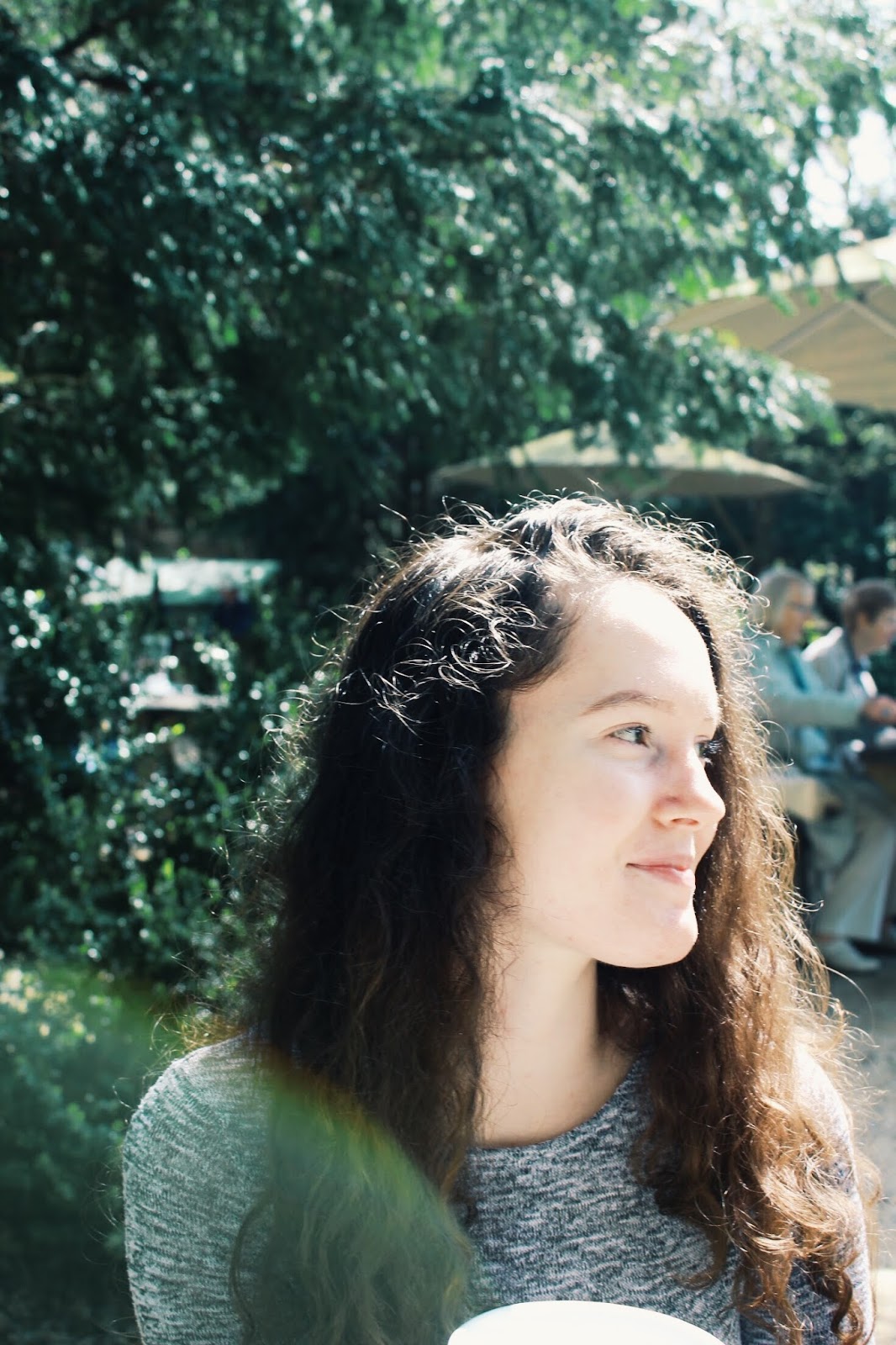Prior Park Landscape Garden
When
I think of Bath, I don’t necessarily think of height. I come from a place of
mountains, peaks, a valley always on the
horizon. So, I’m surprised when the bus pulls from the station and enters an
environment of deep gorges and hills
rivalling more mountainous regions. I reach my destination not fifteen minutes
after leaving the city, Prior Park Landscape Garden emerging as a retreat from
the bustle of urban disruption.
Prior Park was an estate built in
the eighteenth-century by order of Ralph Allen, a local businessman who rose
from humble beginnings. His first fortune came as a result of modernising the
postal system which allowed him to invest in stone quarries at nearby Combe
Down. This honey-coloured stone was used to construct the manor house at Prior
Park, “a
noble seat which sees all Bath, and which was built…for all Bath to see.” I
learn much of the infrastructure in the city was modelled after his taste in
building material. After Allen’s death in 1764, ownership of the land passed.
Prior Park became Prior Park College in 1830, with its gardens purchased by the
National Trust in 1993.
Trails here are wooded, sheltered by trees and fringed
with wildflowers that grow untamed in informal beds. Soft light falls onto the
sloping path. With the shadow of budding leaves preventing the full capacity of
the sun, its stain looks like lace draped across the floor. There’s something
beautifully disordered about the landscape garden. Flora has been allowed to
grow uncultivated, a canopy stretches overhead. In this period of spring, wild
garlic carpets the park and is freely available to visitors to pluck. My
fingertips are sweet with the lingering fragrance of the flowering plant.
A lake flashes through the treeline as I continue my
descent into the valley, its blue reflecting the cornflower sky. The path
curves around the waters’ edge and the park pulls out a new personality. One of
grandeur, elegance and sophistication. Prior Park Landscape Garden in all its
period glory.
The most celebrated feature of Prior Park is the
Palladian Bridge, a temple-like structure of columns and faded stone. One of
just four in the world – other examples existing in Buckinghamshire, Salisbury
and Europe – this show of classical architecture was designed with advice from
Alexander Pope and Capability Brown, the poet and celebrated landscape
architect respectively. Pope visited regularly and was influential in the naturalistic
style that the estate favoured; a characteristic that has been preserved by the
National Trust. The purpose of the Palladian Bridge at Prior Park was to
conceal a change in water level. However, it has since become a popular
location for proposals and declarations of love.
There’s little effort in understanding why it inspires
such feats of romance. When walking across, the manor house stands to attention
on one side, the city spreads like butter on another. Etched are dated names
evidencing those who have been attracted to the bridge since its construction.
1839. 1866. 1962. Nonetheless, the National Trust advises against vandalism in order to preserve a rare example of classical architecture.
The stone is smooth underfoot and the water’s reflection ripples on masonry.
I lose myself to woodland thick with the hush of
swaying leaves. Ahead, there is a wooden swing tied to a towering branch. My
feet move towards it, toes skimming the ground as I recall an action I haven’t
performed since youth. I gain momentum, caught between the city and the manor
house, my eyes bright with sunlight that finds a way to warm my upturned face. I
feel as though I have sprouted wings and my laugh echoes at the thought. It’s as musical as the singing birds that join
me in the trees.









Comments
Post a Comment